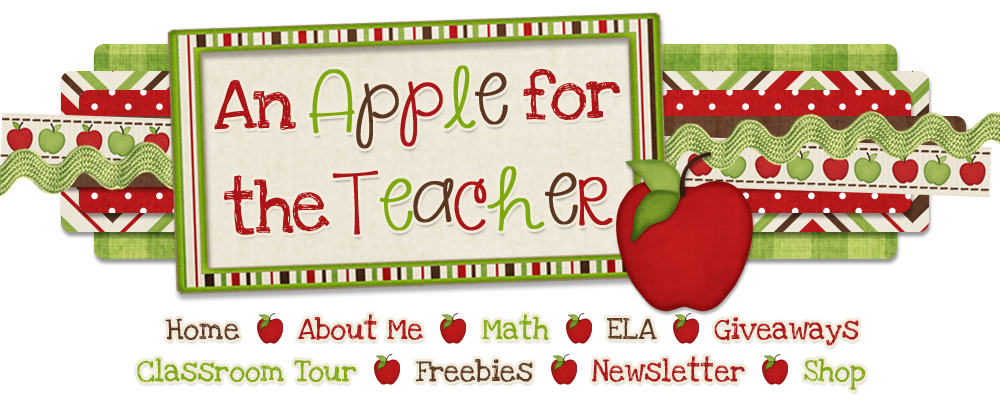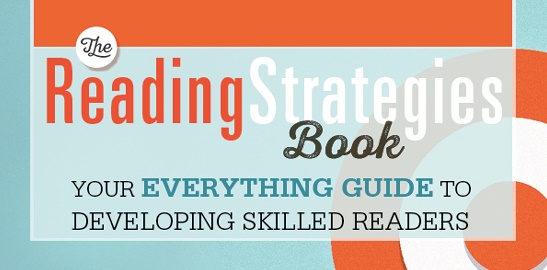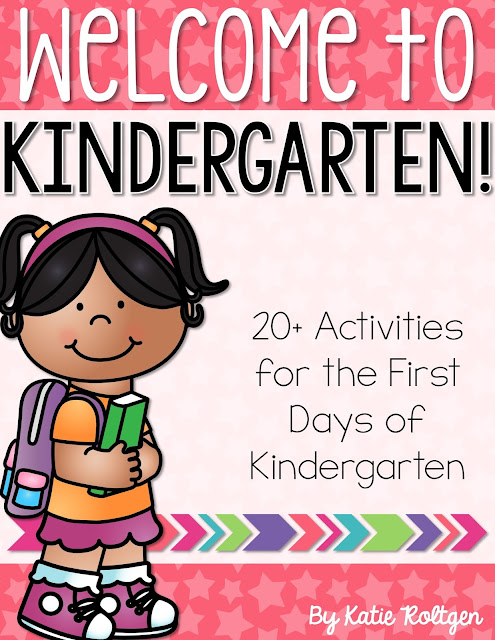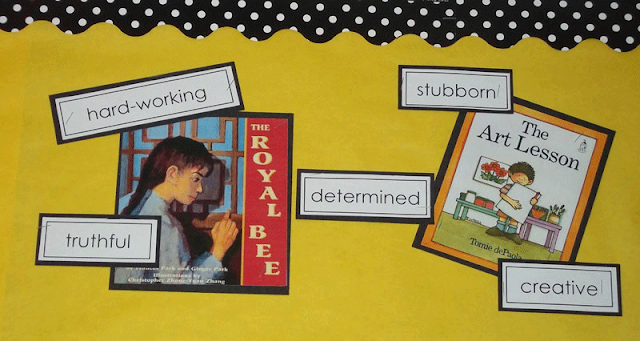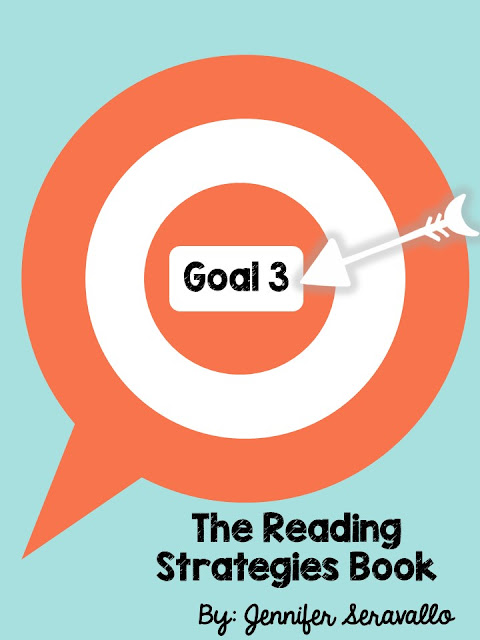You can also find my thoughts and ideas on other goals in this book below:
Goal 1: Supporting Pre-Emergent and Emergent Readers
Goal 2: Reading Engagement
Goal 3: Supporting Print Work
This goal is all about fluency. Have you ever read with a child and had them read word by word with no change in tone or inflection in their voice? Or, do you have a student who reads every word fluently, but then when you ask them the most basic comprehension question they act as if they've never read the passage? This goal is for both of those students.
phrasing or parsing - putting the words together into meaningful groups within the sentence.
expression, intonation, or prosody - matching the feeling of the piece as they read, and paying attention to ending punctuation and dialogue marks.
emphasis - emphasizing certain words in a sentence to match author's meanings.
automaticity - reading known words automatically
pace - reading at a rate that matches how we talk.
Focus Strategy 1: Say Good-Bye to Robot Reading
Sometimes students get hung up on reading a passage one word at a time sounding very robotic. This strategy helps to break this habit. You might say to the student, "Instead of reading word by word like a robot, it is important to read words in phrases or groups of words together. To do this, you might want to slide your finger under the sentence and 'scoop' a few words out together."
You can give the child an example of what you mean. "Instead of saying, 'She. Does. Her. Homework. After. School.' It should sound like, ' She Does... Her Homework... After School.'"
(A possible mini-anchor chart you could leave with your students)
Focus Strategy 2: Punctuation Inside a Sentence
This strategy is for students who are reading levels E and above, where they are more likely to run into complex punctuation such as commas, dashes, and semi-colons. Using this strategy, you explain to the student that just like punctuation at the end of a sentence that tells them when to pause, or read with an inflection, punctuation in the middle of the sentence also can help tell you how to read a sentence.
Focus Strategy 3: Partners Help To Smooth It Out
I love this strategy because I am always looking for ways to help my students to be better partners to each other. This strategy suggests becoming a "ghost partner" where you whisper into one child's ear what you want them to say to the other child as coaching. You might whisper, "That sounded a little choppy, right?" or "Go back and try that again."
Remember, we are only picking and choosing some of the strategies to share with you - there are so many more great ones in this section as well as the rest of the book!
If you would like to purchase the book mentioned above, you can find it here.
Other books by this author that I LOVE!
This post contains affiliate links. I earn a small commission each time someone makes a purchase using one of my links, which helps to support the blog. All opinions are my own and I only promote brands and products that I have used myself and truly love.
Carol from The Chocolate Teacher is officially hosting goal 4 over at her blog, so make sure you head over there to see which strategies she chose to share! While you are there, be sure to leave some comment love!
If you would like to link up your own blog posts about this book, feel free to do so in the linky below!
